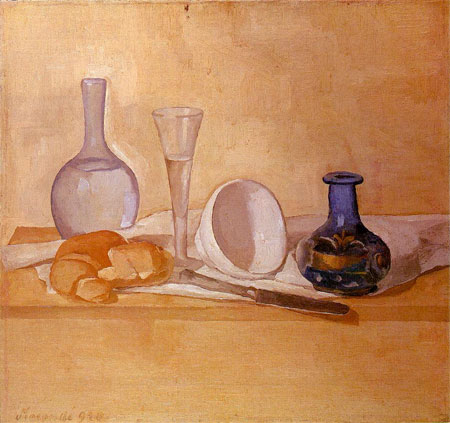“A week earlier I’d returned from Paris where Roland Barthes had told me of a rather disturbing fact that had created a vague feeling of mental claustrophobia, like a feeling you can escape from. From the administration of the Collège de France where he was giving his delightful lectures, he had been sent a list of all the College’s professors, arranged according to the date of retirement. For one of them, extremely young, the retirement date was 2006.
—For me it’s the first time the twenty-first century has put in an appearance—was Barthes’ comment. And in his voice there was all of his habitual irony, yet a little sadness too, which he tried to hide as though the feelings were out of place.”
(Michelangelo Antonioni, “Report about myself” in That Bowling Alley on the Tiber, trans. William Arrowsmith, p. 96.)
